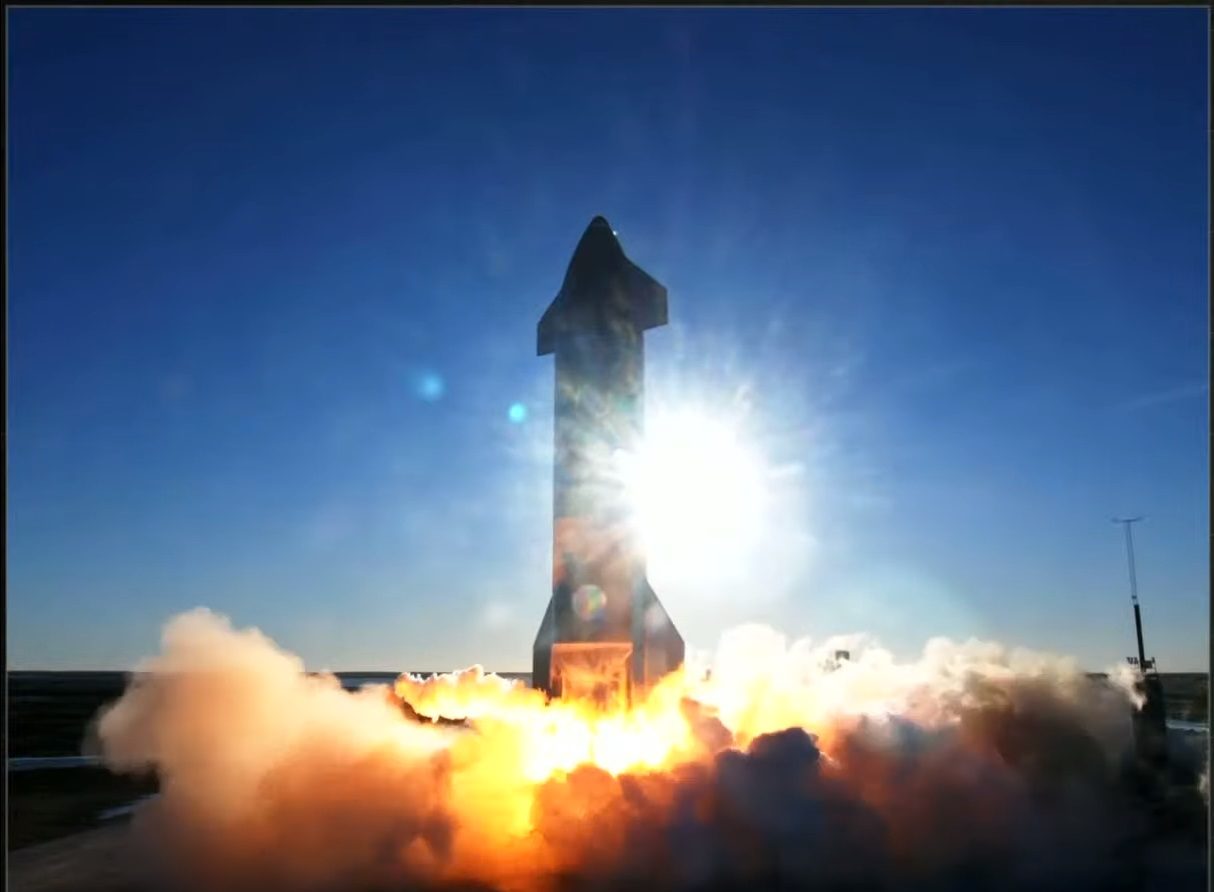
SpaceX to test Starship’s re-entry capabilities and heat shield in upcoming launch
SpaceX is preparing to launch the fourth test flight of its Starship system, aiming for liftoff within the next week (the targeted launch date is June 5). The primary goal for this flight will be to successfully navigate the spacecraft’s re-entry into Earth’s atmosphere.
In the most recent test conducted in March, SpaceX faced a significant hurdle when the Starship failed to properly orient its heat shield during re-entry. This misalignment caused the spacecraft to incinerate and disintegrate over the Indian Ocean. The harsh environment of atmospheric re-entry presents a significant hurdle for any spacecraft returning from space, and Starship Flight 4 specifically aims to overcome this challenge.
The primary objective of this fourth test flight is to achieve a controlled re-entry and demonstrate the reusability of both the Starship and the Super Heavy booster, while the spacecraft must ensure that the heat shield is oriented downward to prevent overheating once it achieves a controlled re-entry and soft splashdown for both the Super Heavy booster and Starship in the Gulf of Mexico.
Central to surviving re-entry is the performance of Starship’s heat shield. Comprised of roughly 18,000 hexagonal ceramic tiles, this shield acts as a protective barrier against the scorching temperatures (exceeding 1,400 degrees Celsius) generated by atmospheric friction during descent. As SpaceX CEO Elon Musk revealed, ensuring the functionality of this heat shield is paramount: “There are many tough issues to solve with this vehicle, but the biggest remaining problem is making a reusable orbital return heat shield, which has never been done before.” The success of Starship Flight 4 hinges on the ability of this heat shield technology to withstand the extreme conditions of re-entry.
The analysis of the March mission revealed critical issues experienced by both the Super Heavy booster and Starship during re-entry. A critical malfunction occurred during the Super Heavy booster’s re-entry sequence. Only two out of thirteen landing engines managed to re-ignite for the planned controlled water landing attempt. This failure, attributed to blocked liquid oxygen filters, has been addressed through hardware upgrades implemented for Flight 4. Furthermore, Starship’s descent through the atmosphere was far from smooth. The spacecraft encountered a turbulent re-entry, experiencing greater than anticipated heating across both protected and unprotected areas of the hull. Clogged valves also caused problems with attitude control during re-entry. To address this instability, additional roll control thrusters have been incorporated into the design for the upcoming flight.
To prepare for the fourth test flight, SpaceX conducted a successful launch rehearsal last Monday. This test included fueling both the Starship and its Super Heavy booster on the launch pad and going through the countdown stages without an actual launch. The successful completion of this rehearsal was a critical step in verifying the readiness of all systems. Following the rehearsal, SpaceX CEO Elon Musk tweeted, “Starship Flight 4 in about 2 weeks. Primary goal is getting through max reentry heating.”
To address the issues encountered in previous tests, SpaceX has made several hardware and software upgrades. One of them is the addition of a hot-staging adapter, a shielded ring that allows the second-stage engines to ignite before the booster engines shut off. This adapter will be jettisoned post-use to reduce the booster’s mass, enhancing the likelihood of a successful water landing. Additionally, SpaceX has included extra roll control thrusters to improve attitude control during re-entry.


